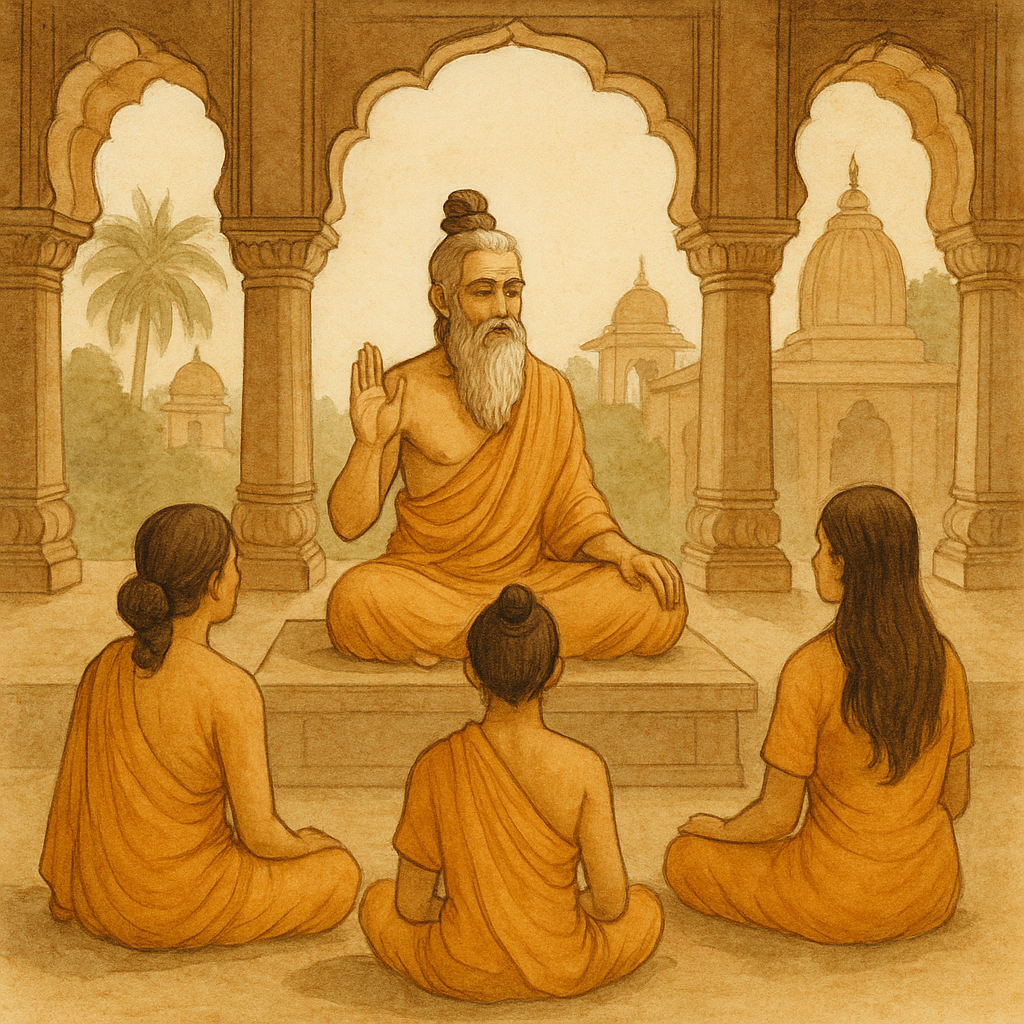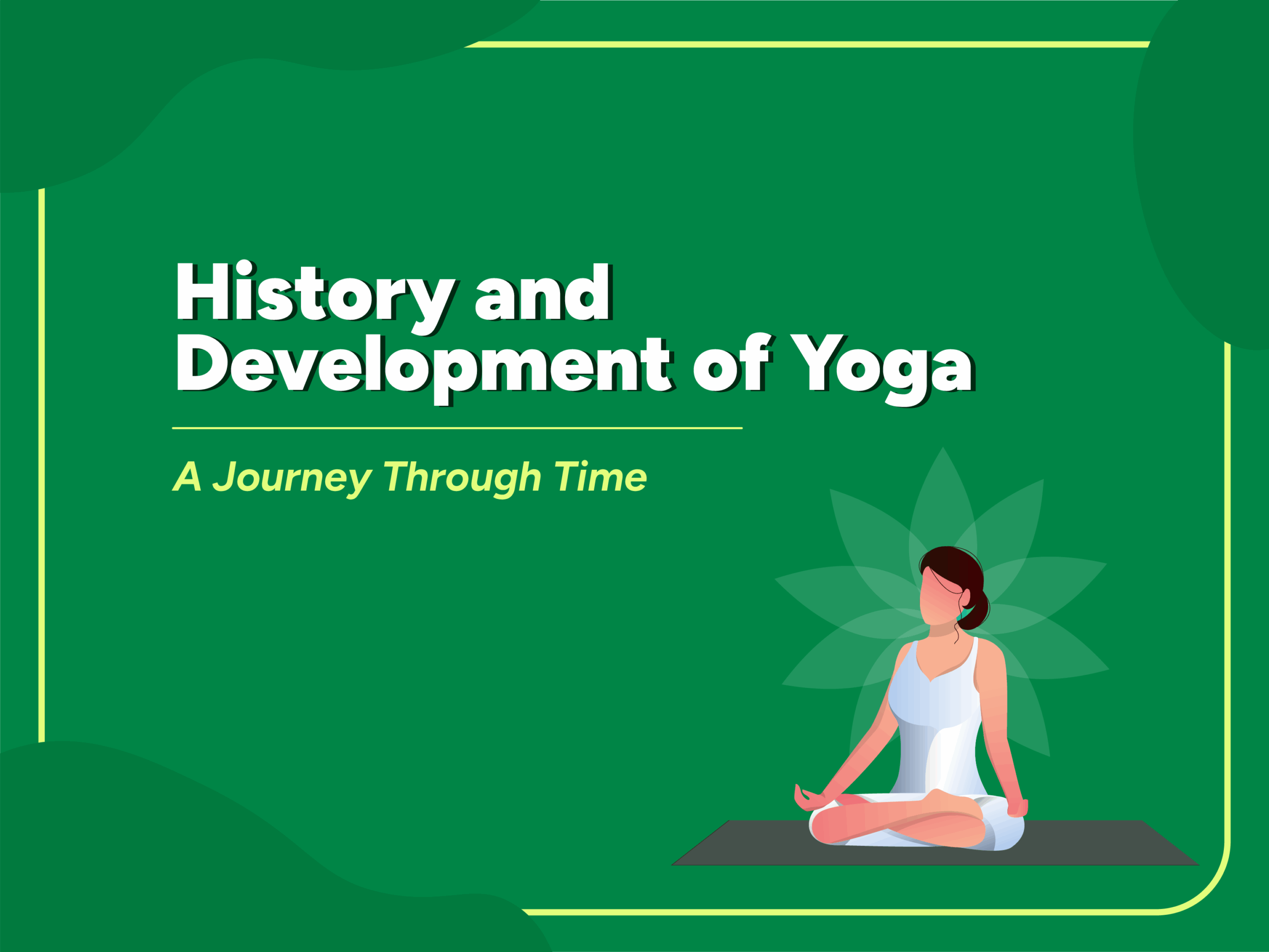Yoga these days is all about flexibility, being present, and those peaceful poses we try (and sometimes fail) to nail in class. But have you ever stopped mid–downward dog and wondered where it all started? Spoiler alert: Yoga isn’t just about stretching or staying calm during a hectic week. The history and development of yoga is an interesting ride that takes us way back—imagine ancient scrolls, profound philosophy, and spiritual seeking. A long time before yoga was your anything-you-need-for-wellness, it was actually a way of life steeped in India’s sacred cultures. So, unroll your mat for a moment and let’s turn back time to trace how yoga evolved from forest meditations to studios worldwide.
So, What Is the History of Yoga?

If one asks, “What is the history of yoga?”, the quick answer is: it’s ancient—like really ancient! Yoga was started in India over 5,000 years ago. The term “yoga” is from Sanskrit and refers to “to join” or “to unite”—body, mind, and spirit working together.
In the beginning, yoga was more spiritual than physical. It was about connecting with the divine and reaching a state of inner peace. You’ll find some of the earliest mentions of yoga in the Rig Veda, a super old sacred text filled with hymns and rituals. That’s basically where the brief history of yoga begins.
Breaking Down the History of Yoga
Let’s describe the history of yoga in four easy-to-understand stages:
1. Vedic Period
This is where it all started. Yoga was a part of religious rituals and a means of getting closer to the divine. It had nothing to do with poses—it was all about meditation and chanting.
2. Pre-Classical Period
This was the time of more profound thinking. Upanishads and Bhagavad Gita offered spiritual concepts such as karma and liberation. Followed by the well-known Yoga Sutras of Patanjali, who established the Eight Limbs of Yoga—a sort of handbook for spiritual discipline and self-development.
3. Classical Period
Yoga began to be better organised and systematised. The emphasis here was to silence the mind and detach from the world.
4. Post-Classical to Modern Times
It is here that things begin to be familiar. Forms such as Hatha Yoga emerged, more in the body and breath. B.K.S. Iyengar and Krishnamacharya popularised yoga globally in the 20th century.
👉 If you’re curious to dive deeper, check out this insightful video on the History of Yoga by Gurudev Sri Sri Ravi Shankar. This video beautifully explains yoga’s ancient essence and how it became what we know today.
Yoga’s Deep Roots in India
When discussing the history of yoga in India, it’s apparent that India is the birthplace of yoga. From isolated mountain side caves to temple ceremonies, yoga pervaded ancient Indian existence. It was not only affecting physical practices but also had impacts on religion and philosophy as well.
Even after the British colonisation, when most of the Indian traditions were disdained, yoga lived on quietly. It received a fresh momentum in the late 1800s and early 1900s due to such spiritual masters as Swami Vivekananda, who brought yoga to the Western world.
Today, India celebrates International Yoga Day on 21st June with pride, upholding yoga’s origin and prevalence.
How Yoga Made Its Way Into Physical Education

The history of yoga in physical education is a more recent chapter. In the past few decades, schools and fitness programs have started using yoga not just for exercise but for mental well-being, too.
Children are taught yoga to enhance posture, minimise stress, and enhance concentration. Even sports teams and athletes practice yoga for healing after injuries and maintaining top form. Unlike most other exercises, yoga stabilises the body and quiets the mind, which makes it an great fit for school and athletic environments.
Recommended Reads: 5 Yoga Poses To Help Improve Your Mental Health
Yoga Goes Global
The actual magic occurred during the 20th century, when the history and development of yoga became global. Overnight, yoga was no longer only for monks and mystics—it was for the masses. Classes began to appear in the West, offering a blend of ancient knowledge with contemporary requirements.
Nowadays, there are so many styles to select from: Vinyasa, Ashtanga, Hot Yoga, Yin, and more. Whether on a studio floor, at home, or through an app, yoga is now as ubiquitous as jogging or weights.
And then there was 2014, when the United Nations made June 21st International Yoga Day. That was a momentous occasion and a testament to how far yoga has travelled since its Indian roots.
Wrapping It Up: A Journey Worth Exploring
The history and development of yoga is not only a timeline but rather a tale of transformation, growth, and perseverance. From sages sitting in meditation under trees to individuals practising sun salutations in their front rooms, yoga has evolved beautifully.
Learning the history of how yoga has evolved adds context to your practice. It’s not about maintaining a pose or stretching further—it’s about communicating with something that has lasted centuries.
So the next time you unroll your mat, pause for a moment to appreciate how far yoga has come, first sacred ritual in India, now your daily dose of peace and clarity. That’s the real magic of yoga.
Frequently Asked Questions:
1. What is the history and development of yoga in India?
Yoga began in ancient India over 5,000 years ago as a spiritual practice. It later evolved into physical forms like Hatha Yoga and spread globally as a wellness movement.
2. What does the word ‘YOGA’ stand for?
Yoga comes from the Sanskrit word yuj, meaning “to unite.” It refers to the union of body, mind, and spirit, not an acronym with a full form.
3. Why is International Yoga Day on June 21?
June 21 is the summer solstice, the longest day of the year, symbolising energy and transformation. It was chosen for its spiritual and seasonal significance.





0 Comments